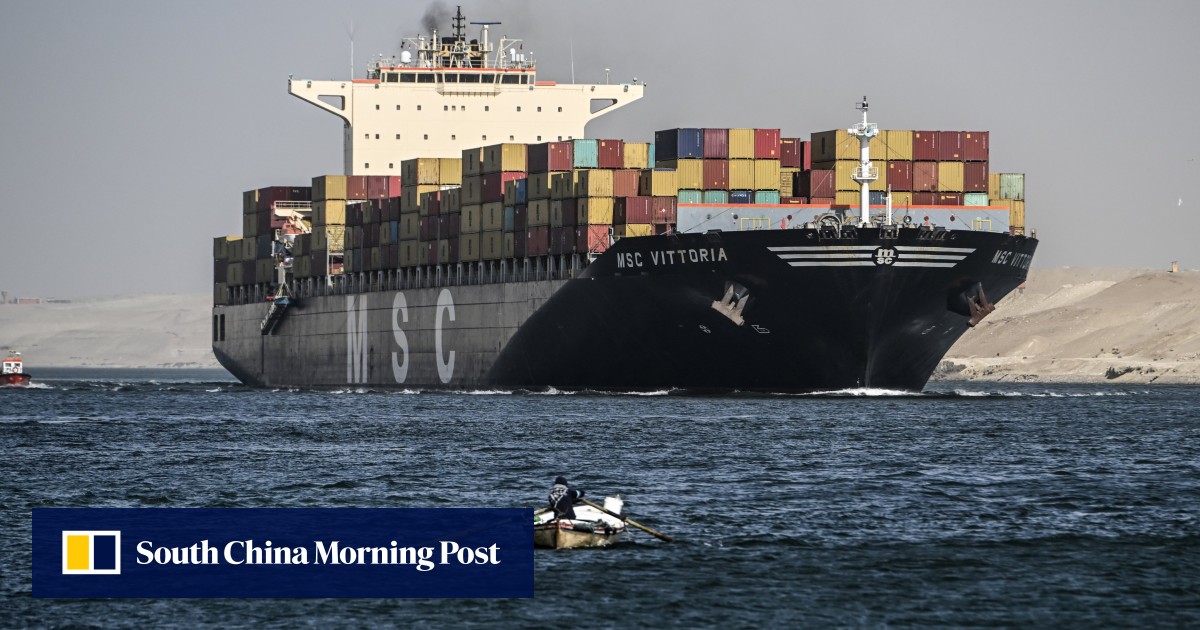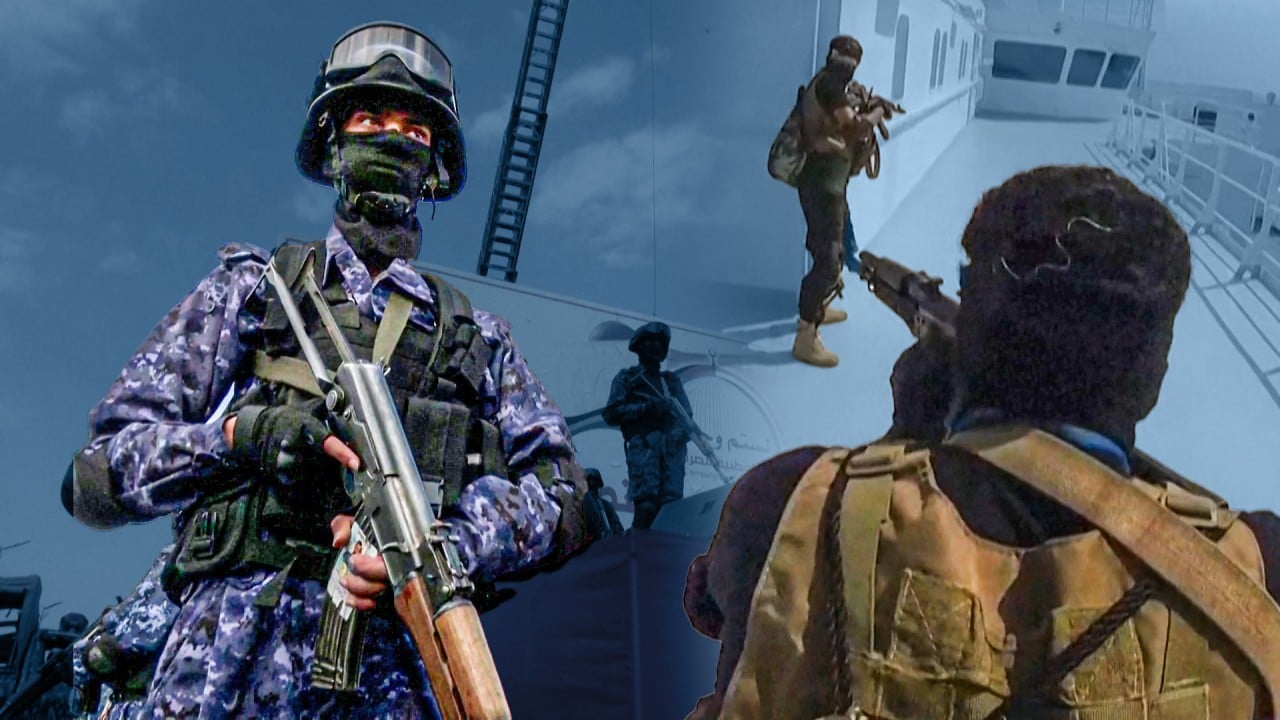As one of the busiest global shipping routes, the waterway accounts for one-third of worldwide container traffic and 40 per cent of trade between Asia and Europe, while also connecting China’s major investment projects in Egypt and the Middle East.
It is not just a responsibility to be shouldered by one single country to keep smooth and safe international shipping ways
Pan Guang, a senior researcher with the Shanghai Academy of Social Sciences, said that the ongoing Red Sea crisis could add risks to China’s investment in the region.
“The shipping route of the Red Sea is crucial for China’s belt and road projects,” Pan said in an interview with Shanghai-based news website Guancha on Wednesday.
“It is not just a responsibility to be shouldered by one single country to keep smooth and safe international shipping ways.”
An index gauging containerised freight for export complied by the Shanghai Shipping Exchange had soared by 25.4 per cent this year as of Friday, having spiked by 77 per cent in December.
China has called for a joint effort to restore and ensure the security of the shipping lanes in the Red Sea to avoid disruption to the global supply chain and international trade order.
“We will intensify coordination with relevant departments, closely monitor developments and offer support and assistance to firms,” Ministry of Commerce spokesman He Yadong said at a press conference on Thursday.
With the notable rise in demand for containers in China ahead of the Lunar New Year in February, an increase in the use of rail and air “is clearly an option”, said Ulf Bergman, senior economist at the London-headquartered data platform Shipfix.
But he also noted that air and rail alternatives are also more relevant for high-value goods.
“Transport through Russia may be considered high-risk by many importers.”
Based on data up to 2022 by Allianz Trade, nearly 75 per cent of trade by volume, excluding the European Union, was transported by sea, while rail accounted for just 3.4 per cent and air 0.4 per cent.
Customers are displaying flexibility by accepting longer transit times via the Cape of Good Hope
Other options are “far from sufficient” to make up for the volume of goods transported by sea, said Francoise Huang, senior economist for Asia-Pacific at Allianz Trade.
From the coronavirus pandemic to the Ukraine war and the recent Red Sea attacks, global trade and supply chains have gone through several rounds of “shocks”, analysts said, and companies are becoming more aware of developing mitigation plans.
“Our customers are actively pursuing backup solutions such as sea/air via Dubai to Europe, railway transportation to Europe, and direct air freight services into Europe,” said Catherine Chien, head of digital marketing at the Taipei-headquartered Dimerco Express Group.
“Notably, customers are displaying flexibility by accepting longer transit times via the Cape of Good Hope.”
Information from Dimerco Express Group showed that diverting shipping around the Cape of Good Hope at the southern tip of Africa would add around 10 to 14 days for transits between Asia and Europe, as well as for the westbound route connecting Asia and the east coast of the United States.
The diversion could also add about 15 to 19 days for the westbound route between Asia and the Mediterranean.
‘Prices are soaring’: Red Sea attacks push up China-Europe container rates
‘Prices are soaring’: Red Sea attacks push up China-Europe container rates
“It’s unlikely we’ll see prices return to the [highs witnessed] in 2021-22, when supply-chain snarls were at their worst,” said Nick Marro, lead analyst on global trade at The Economist Intelligence Unit.
“[At] least for the immediate outlook, higher transport costs – as well as delays in getting critical components necessary for production, particularly for Europe-based companies sourcing from Asia – look likely to persist … but really the main factor here will be how the security situation develops in the Red Sea.”
Hoe Ee Khor, chief economist at the ASEAN+3 Macroeconomic Research Office, said last week that the Red Sea crisis had not yet led to overall inflation.
“But if the crisis continues to escalate, it can lead to a bigger disruption to supplies,” he added.

